Limited Range of Motion
Table of Contents
What is a Limited Range of Motion?
Limited range of motion (ROM) refers to the restricted movement capability of a joint or group of joints in the body. It can stem from various factors, including injury, disease, or congenital conditions. Range of motion plays a crucial role in everyday activities, sports performance, and overall quality of life.
When a range of motion is compromised, individuals may experience difficulties in performing routine tasks, pain, stiffness, and a decreased ability to engage in physical activities.
Introduction
- Joint range of motion describes the combined range of motion of a joint in both directions and distances. Physicians have set normal ranges for a number of the body joints.
- An ideal knee should, for instance, be able to flex, or bend, to a degree between 133 and 153, according to one research. Furthermore, the ability to extend to its full straight position is another requirement for a normal knee.
- Limited range of motion refers to a limitation in any joint’s typical range of motion. In addition to the normal aging process, some medical diseases can cause a decrease in joint range of motion.
- Joint flexibility may be maintained and improved with the aid of several exercises.
- Range of motion (ROM) is the entire amount of movement a joint may do; it is the degree or limit to which a bodily component can be moved around a joint or a fixed point. A joint’s range of motion is measured during either active (independent) AROM or passive (assisted) PROM.
- ROM is often evaluated during a physical therapy evaluation or course of treatment. Normal values vary from person to person and depending on the bodily component.
- The goal of range-of-motion exercises is to avoid the onset of contractures, adaptive muscle shortening, ligament, tendon, and capsule shortening. ROM workouts also stimulate the senses
Causes of Limited Range of Motion
Medical conditions
A restricted range of motion in the joints is linked to the following medical conditions:
- The kind of arthritis that mostly affects the spine is called ankylosing spondylitis.
- Osteoarthritis (OA) is the most prevalent kind of arthritis associated with aging and joint degeneration.
- An autoimmune kind of arthritis called rheumatoid arthritis (RA) is brought on by your immune system attacking your joints.
- Juvenile RA is a kind of autoimmune arthritis that affects people younger than 16 years old.
- A class of neurological conditions known as cerebral palsy (CP) results in loss of motor function and paralysis of the muscles.
- The condition known as Legg-Calve-Perthes disease results in the death of the thighbone’s apex because there is insufficient blood supply to the joint.
- Sepsis, or bacterial joint infection, affects the hip and other joints
- A congenital type of torticollis, characterized by a stiff neck and spasms in the muscles
- The sexually transmitted disease syphilis (STI)
Additional reasons
Other factors that might lead to limited range of motion include:
- inflammation of the soft tissues around the joint, also known as joint swelling, discomfort, stiffness in the muscles, dislocation of the joint, elbow fractures, and fractures in other body parts
- Joint swelling or inflammation of the soft tissues around the joint
- Hardness of Muscles
- Agony
- Dislocations of the Joints
- There may be non-pathological reasons for mobility limitation in addition to pathological ones, such as
- Tight Clothes
- strength training-induced muscle hypertrophy (e.g., biceps brachii hypertrophy restricts elbow flexion range)
- Fat.
Types of ROM
- A joint’s maximum range of motion is often known as passive range of motion (PROM), which is the ROM attained when an external force—like a therapist or a CPM machine—exclusively forces the joint to move. usually carried out when a patient is not allowed to move a bodily part or is unable to do so.
- When a joint receives some outside support, it is said to be in an active-assisted range of motion (AAROM). Usually carried out when a patient requires outside aid to move due to discomfort, weakness, or changes in muscle tone
- The range of motion (ROM) that is possible when opposing muscles contract and relax to cause joint movement is known as active range of motion (AROM). For instance, the biceps must contract while the triceps muscle relaxes in order for the elbow to bend throughout the active range of motion. Generally speaking, a passive range of motion is greater than an active range of motion. usually carried out on a voluntary basis by the patient when they are able to contract, regulate, and coordinate a movement.
Measuring the Range of Motion
- The most used instrument for determining a bodily joint’s range of motion is a goniometer. Joint angles from the joint axis are measured using a moving arm, fulcrum, and stationary arm. For accurate results, while measuring ROM with a goniometer, one must receive training. Refer to the goniometry collection of pages for guidance on how to position the goniometer appropriately (accurately and consistently) for determining the range of motion.
- Additional methods of measuring range of motion (ROM) include the use of tape measures for a few particular body areas. In the Schober Test, for instance, lumbar spine flexion may be measured using a tape measure.
When should I visit my physician?
- Consult your physician if you notice any decrease in the typical range of motion in your joints. See your doctor if you have trouble moving a particular joint or if you are unable to fully bend or straighten one or more of your joints.
- Not everyone is conscious of their own restricted range of motion. When you go to the doctor for a different cause, you could find out that you have limited movement in one or more of your joints.
Diagnosis
- Most likely, a physical examination will be the focus of your first session. This will involve evaluating the impacted joints. Regarding your restricted range of motion, your doctor could inquire about the following:
- When did the issue first arise?
- Do you feel uncomfortable?
- Where is it taking place?
- Do you experience any more symptoms?
- Your doctor may also evaluate how well your muscles, bones, or neurological system are working. Your doctor could order some tests as a follow-up, such as joint and spine X-rays.
Your doctor could suggest physical therapy exercises that will improve your range of motion.
Complications
In rare circumstances, the joint’s posture could become irreversibly set. This implies that the joint will no longer be movable past a certain point. Contracture deformities are the term for this. The following conditions are linked to this complication:
- The cerebral palsy (CP)
- Muscle weakening is caused by a hereditary condition known as muscular dystrophy.
- The thickening of the tissue layer under the skin in the hands and wrists is known as Dupuytren’s contracture.
- Volkmann’s contracture is a condition in which the forearm’s muscles shrink due to a lack of blood supply.
Prevention
- Exercises involving a range of motion concentrate on joint flexibility. With a physical therapist, you can perform range-of-motion exercises. You can also get information on simple exercises that you can perform at home from your physician or physical therapist.
- Your general freedom and comfort of mobility can be enhanced and maintained with their assistance.
- Exercises for range of motion can be divided into three broad categories: active, active assistive, and passive.
- Active exercises are something you can perform on your own without help.
- Active assistive exercises need both your own and another person’s work. Often, this additional individual is a physical therapist. When it hurts to flex or stretch the joint on your own, these exercises might be useful.
- Exercises that are passive entirely depend on the physical therapist’s or another person’s work.
- These are usually carried out when the patient is unable to complete the maneuver on their own due to physical limitations.
- You may significantly improve your flexibility and ease of movement by engaging in range-of-motion exercises. However, before beginning a range of motion workout for the first time, always see your physician.
- Keeping your alignment and form correct is essential to preventing injuries to yours.
Planes of Movement
- Anatomy uses three primary reference planes. The three universal planes must be considered when evaluating a joint’s range of motion or the direction of movement. Every movement is located in a certain plane.
Axis and Planes
Planes
- Human motions are described in three dimensions using planes and axes. Three motion planes cross through the human body.
- The sagittal plane
- The frontal plane
- The horizontal (transverse) plane
Axis
- A straight line along which an item rotates is referred to as an axis. Movement at a joint occurs in a plane around an axis. There are three rotational axes.
- The sagittal axis
- The frontal axis
- The vertical axis
Increasing the Range of Motion
- The range of motion and stretching exercises below can be used to maintain and gradually enhance the range of motion. For a thorough discussion of the idea and subject, visit the Stretching page.
Stretching and Range of Motion Exercises
- Extent of movement Exercise is any action designed to increase a joint’s range of motion. Numerous components, including the arrangement of the bone surfaces inside the joint, the joint capsule, ligaments, tendons, and muscles that operate on the joint, affect this motion.
- There are three different kinds of exercises for extending the range of motion:
- Active Range of Motion (AROM): Joint movement that is fully produced by the exerciser. There isn’t any outside force assisting the movement in this instance.
- The term “passive range of motion” (PROM) refers to a movement that is applied to a joint only by a passive motion machine or another person. When the passive range of motion is used, the joint of the person receiving training is entirely relaxed while an external force moves the affected body part—such as a leg or an arm—through the range that is possible.
- Active Assisted Range of Motion (AAROM): A joint that has some external aid. This range of motion might be the outcome of the majority of motion used by the person helping the person or by the exerciser. Additionally, each source’s contribution to the joint could be split equally.
Physiotherapy Treatment of Limited Range of Motion
A physiotherapist can help with reduced range of motion at a joint for a variety of reasons. Benefits of range-of-motion treatment include:
- Recovering from lesions in the soft tissues and joints
- preserving the degree of soft tissue and joint mobility
- reducing the impact of the establishment of contractures
- preventing the myo-fascia from adhering.
- helping with the neuromuscular reeducation
- Improving synovial motion
Exercises for a range of motion can:
- Expand the range of motion at a joint.
- Increase the performance of a joint and the limb as a whole.
- Increase your efficiency when moving.
- Boost self-reliance.
- lessen suffering.
- enhance and preserve the integrity of joints.
- Improve your balance.
- One of the first steps in the rehabilitation process after an accident is regaining a joint range of motion. A range of mobility activities will only be prescribed after a physiotherapy examination. The evaluation examines the movement’s quality and current range.
- The surrounding soft tissues are regularly used and stretched to help joints maintain a healthy range of motion. Three times a week, even ten minutes of stretching can assist in increasing the range of motion.
- Strengthening activities are frequently recommended in addition to or soon after range-of-motion exercises since greater joint mobility without corresponding strength increases the risk of re-injury.
- Stretching alone should not be preferred over the combination of foam rolling and stretching (but not the other way around) if the objective is to improve performance.
- ROM is also maintained and enhanced with the use of a Continuous Passive Movement Machine (CPM). Physiotherapists can use this machine with patients recovering from surgery (ie, Total knee replacement patients).
- ROM exercises are employed in pediatrics when a child’s physical condition prevents them from engaging in all or some of the regular physical activities. The joint that is not being utilized is brought to attention by offering active or passive range-of-motion exercises. A family member or a healthcare professional can carry out a passive range of motion exercises. The young person does active range of motion exercises.
Conclusion
When a joint cannot move fully and easily in its regular way, it is said to have a limited range of motion. Motion impairments can be caused by mechanical problems inside the joint, swollen tissue around the joint, stiff muscles, pain, or disease.
Your flexibility and range of motion will significantly increase with the practice of numerous range-of-motion exercises. However, before attempting a range of motion for the first time, always get medical advice. To prevent damage, one must maintain the right form and position.

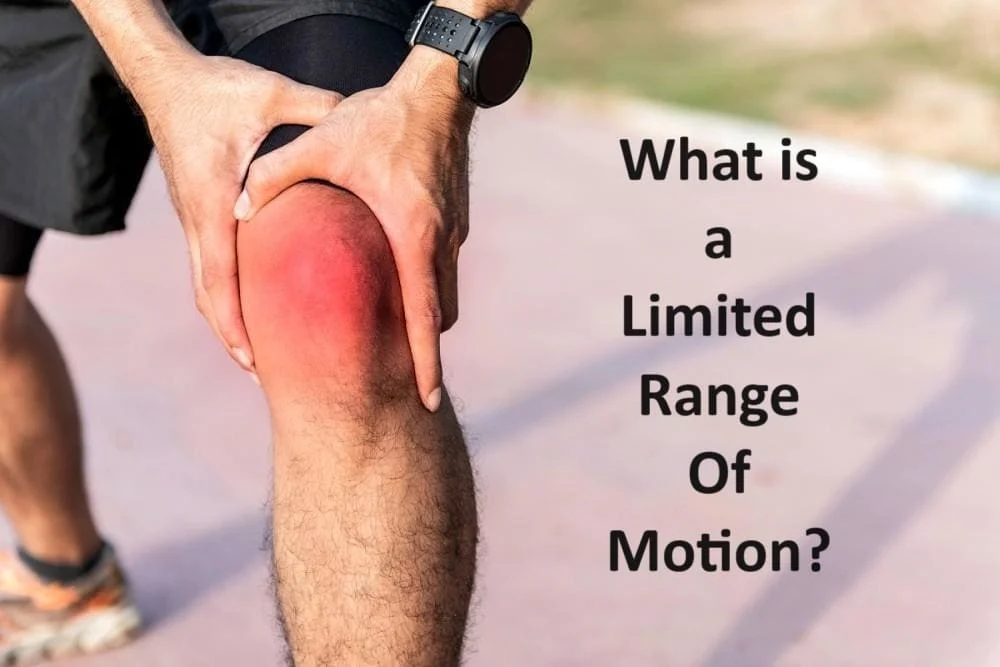
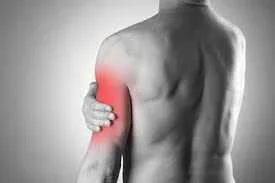
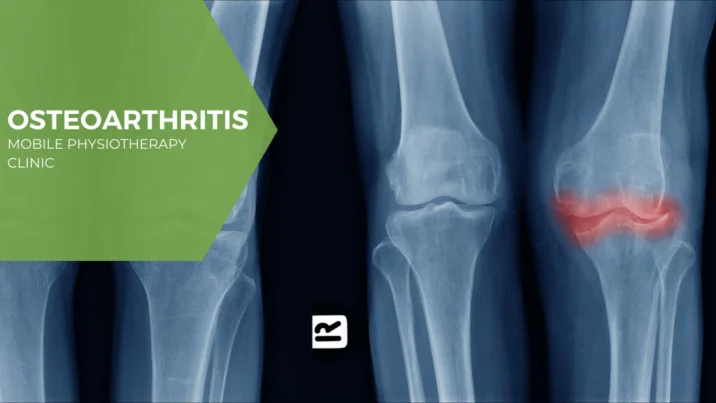
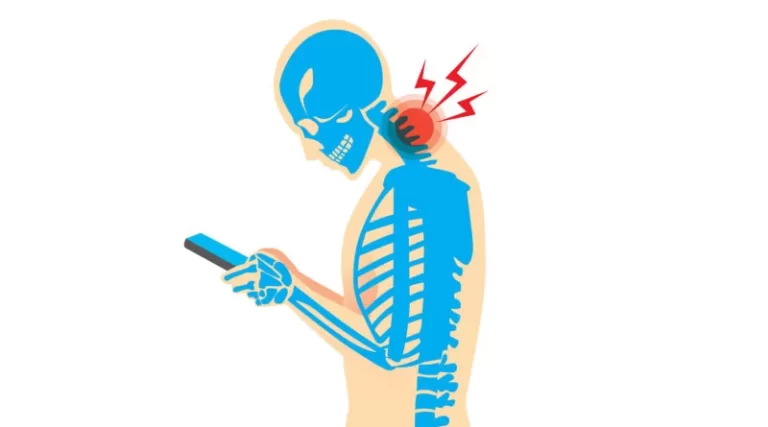
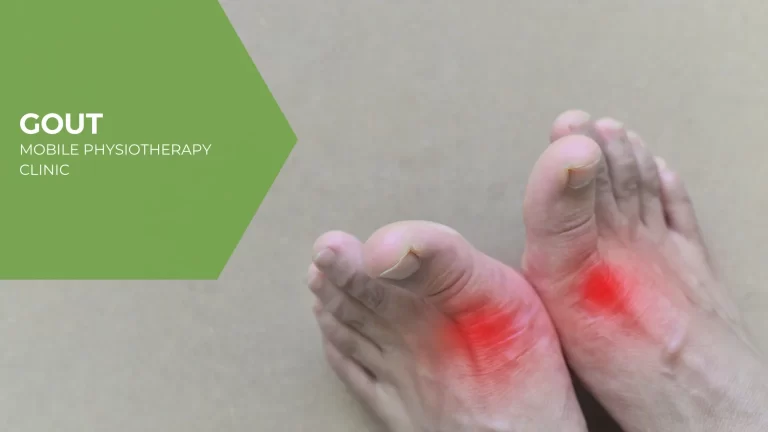
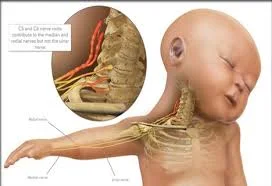

One Comment